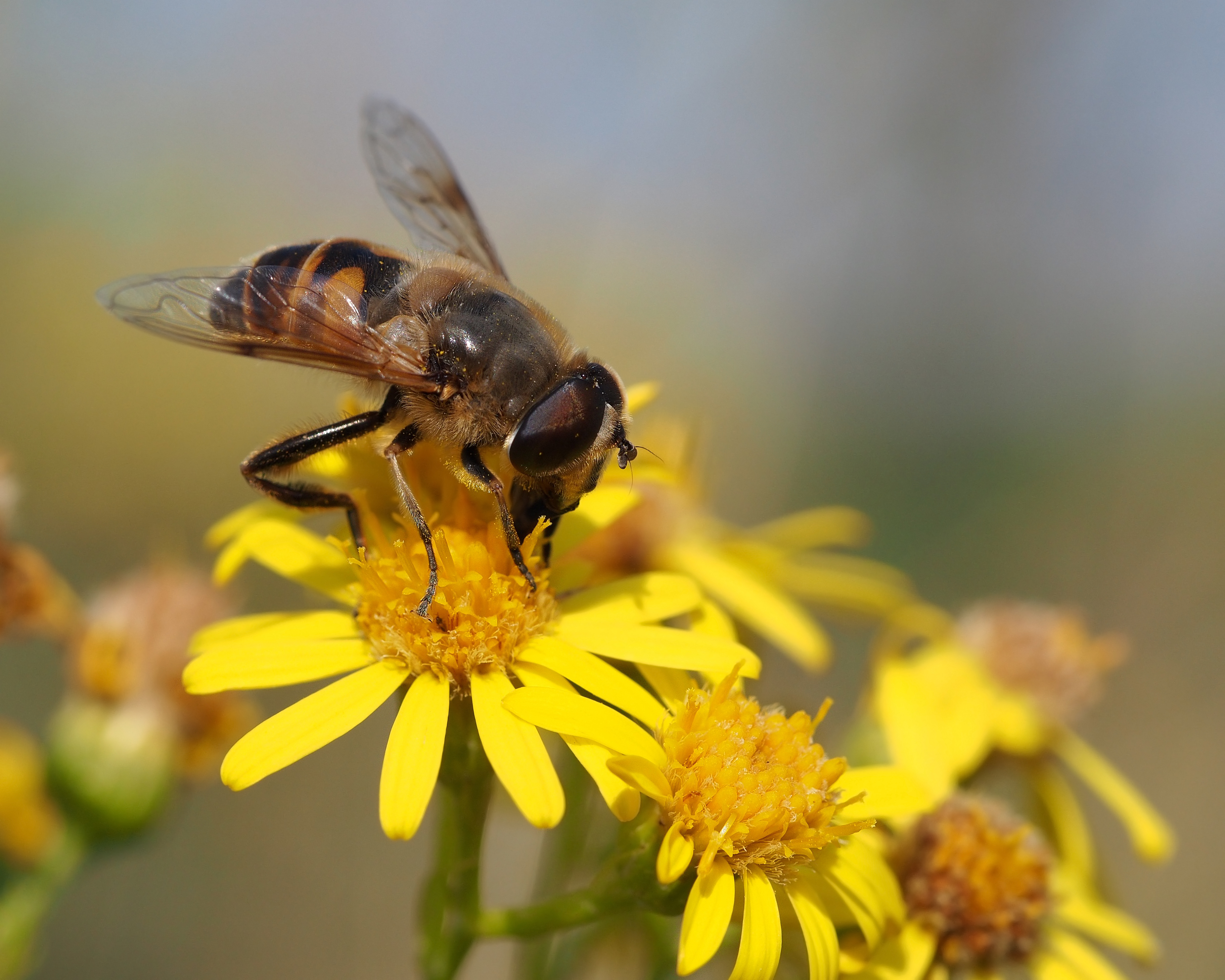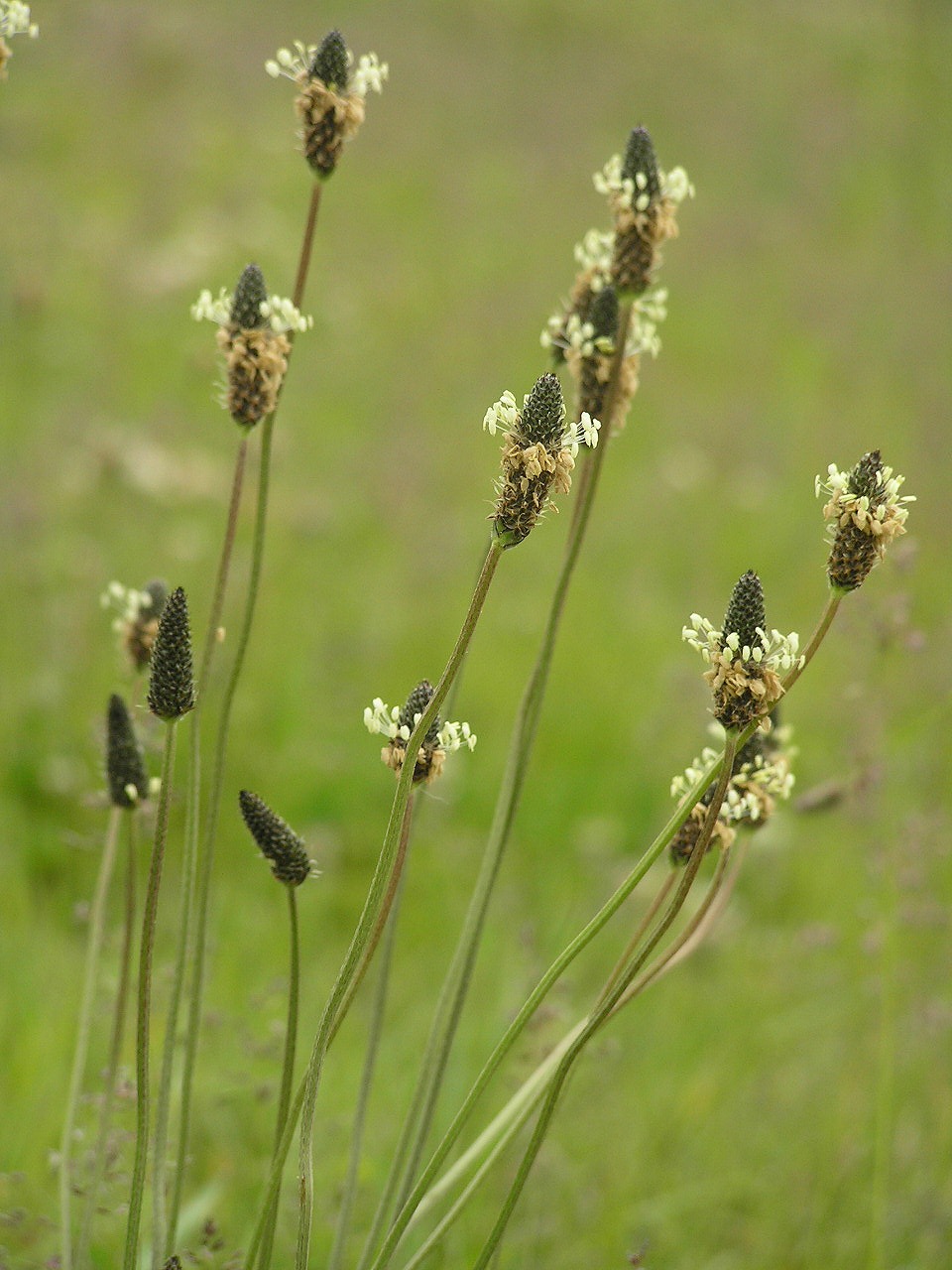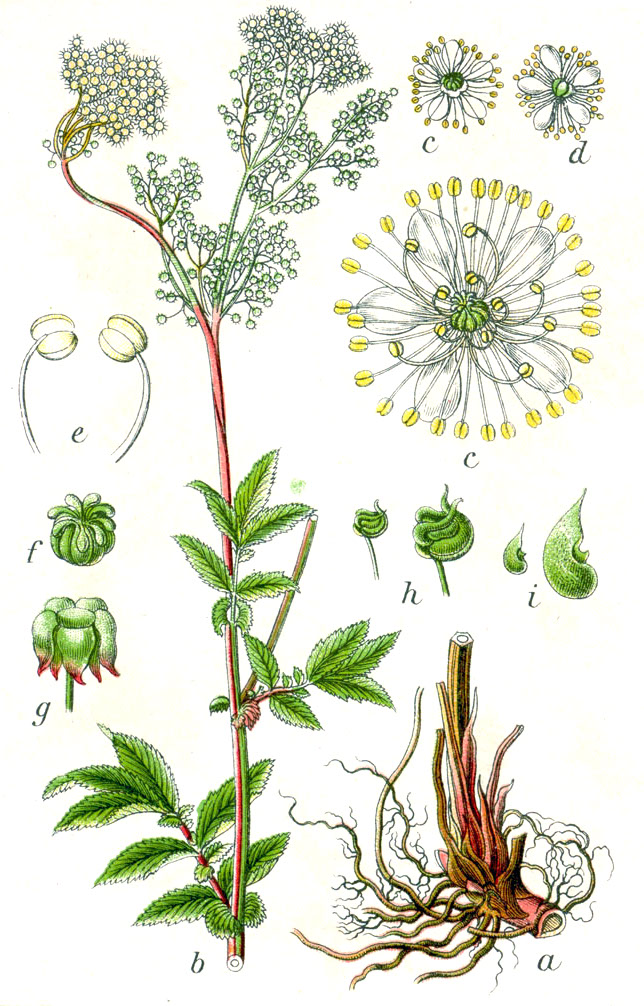|
Ruby Tiger
''Phragmatobia fuliginosa'', the ruby tiger, is a moth of the family Erebidae. Subspecies Subspecies include:Markku SavelLepidoptera and some other life forms/ref> *''Phragmatobia fuliginosa borealis'' ( Staudinger, 1871) in Scotland and in northern regions of Eurasia *'' Phragmatobia fuliginosa melitensis'' ( O. Bang-Haas, 1927) (Malta) *''Phragmatobia fuliginosa paghmani'' (Lének, 1966) (Transcaucasia: Azerbaijan; Iran; northern Iraq; Afghanistan; Central Asia; southern Kazakhstan; China: western Xinjiang) *''Phragmatobia fuliginosa pulverulenta'' ( Alphéraky, 1889) (China: eastern Xinjiang, Qinghai, Nei Mongol; southern aimaks of Mongolia; south-eastern Kazakhstan, partly) *''Phragmatobia fuliginosa rubricosa'' (Harris, 1841) (North America) *''Phragmatobia fuliginosa taurica'' (Daniel, 1970) (Near East: from southern Turkey to Palestina) Distribution ''Phragmatobia fuliginosa'' can be found in the Palearctic realm. It is present in most of Europe, in North Africa, Russia, ... [...More Info...] [...Related Items...] OR: [Wikipedia] [Google] [Baidu] |
Carl Linnaeus
Carl Linnaeus (; 23 May 1707 – 10 January 1778), also known after his ennoblement in 1761 as Carl von Linné Blunt (2004), p. 171. (), was a Swedish botanist, zoologist, taxonomist, and physician who formalised binomial nomenclature, the modern system of naming organisms. He is known as the "father of modern taxonomy". Many of his writings were in Latin; his name is rendered in Latin as and, after his 1761 ennoblement, as . Linnaeus was born in Råshult, the countryside of Småland, in southern Sweden. He received most of his higher education at Uppsala University and began giving lectures in botany there in 1730. He lived abroad between 1735 and 1738, where he studied and also published the first edition of his ' in the Netherlands. He then returned to Sweden where he became professor of medicine and botany at Uppsala. In the 1740s, he was sent on several journeys through Sweden to find and classify plants and animals. In the 1750s and 1760s, he continued to collect an ... [...More Info...] [...Related Items...] OR: [Wikipedia] [Google] [Baidu] |
Wingspan
The wingspan (or just span) of a bird or an airplane is the distance from one wingtip to the other wingtip. For example, the Boeing 777–200 has a wingspan of , and a wandering albatross (''Diomedea exulans'') caught in 1965 had a wingspan of , the official record for a living bird. The term wingspan, more technically extent, is also used for other winged animals such as pterosaurs, bats, insects, etc., and other aircraft such as ornithopters. In humans, the term wingspan also refers to the arm span, which is distance between the length from one end of an individual's arms (measured at the fingertips) to the other when raised parallel to the ground at shoulder height at a 90º angle. Former professional basketball player Manute Bol stood at and owned one of the largest wingspans at . Wingspan of aircraft The wingspan of an aircraft is always measured in a straight line, from wingtip to wingtip, independently of wing shape or sweep. Implications for aircraft design and anima ... [...More Info...] [...Related Items...] OR: [Wikipedia] [Google] [Baidu] |
Polygonum
''Polygonum'' is a genus of about 130 species of flowering plant in the buckwheat and knotweed family Polygonaceae. Common names include knotweed and knotgrass (though the common names may refer more broadly to plants from Polygonaceae). In the Middle English glossary of herbs ''Alphita'' ( 1400–1425), it was known as ars-smerte. There have been various opinions about how broadly the genus should be defined. For example, buckwheat (''Fagopyrum esculentum'') has sometimes been included in the genus as ''Polygonum fagopyrum''. Former genera such as ''Polygonella'' have been subsumed into ''Polygonum''; other genera have been split off. The genus primarily grows in northern temperate regions. The species are very diverse, ranging from prostrate herbaceous annual plants to erect herbaceous perennial plants. ''Polygonum'' species are occasionally eaten by humans, and are used as food plants by the larvae of some Lepidoptera species – see list. Most species are considered weeds i ... [...More Info...] [...Related Items...] OR: [Wikipedia] [Google] [Baidu] |
Salix Phylicifolia
''Salix phylicifolia'', the tea-leaved willow, is a species of willow native to Northern Europe including Iceland, the Faroe Islands, Scandinavia, Finland, Russia, and Western Siberia. It was the first bush found on the new volcanic island of Surtsey near Iceland. Description ''Salix phylicifolia'' forms a shrub A shrub (often also called a bush) is a small-to-medium-sized perennial woody plant. Unlike herbaceous plants, shrubs have persistent woody stems above the ground. Shrubs can be either deciduous or evergreen. They are distinguished from trees ... to tall. External links phylicifolia Flora of Europe Flora of Iceland Flora of the Faroe Islands Flora of Finland Flora of Russia Flora of Siberia Plants described in 1753 Taxa named by Carl Linnaeus {{Salicaceae-stub ... [...More Info...] [...Related Items...] OR: [Wikipedia] [Google] [Baidu] |
Salix Starkeana
''Salix starkeana'' is a small, prostrate shrub from the genus of willows (''Salix'') with red-brown to purple-red, bare branches and olive-green leaf tops. The natural range of the species is in Europe and in northern Asia. Description The pale willow is up to 1 meter high, prostrate to arching ascending shrub with thin, red-brown to purple-red, bare branches. Young shoots are initially hairy and shed later. The leaves are broadly elliptic to semi-kidney-shaped stipules . The petiole is about 5 millimeters long. The leaf blade is 5 to 7 centimeters long, 1.5 to 2 centimeters wide, broadly lanceolate to ovoid or obovate, suddenly pointed, with a narrowed base and a glandular serrated leaf margin. The upper side of the leaf is initially slightly hairy, later balding, weakly shiny, olive-green and nervous. The underside is bare and deep to blue-green. Six to eight pairs of nerves are formed. 1 to 3 centimeters long, elliptical catkins are formed as inflorescences on a 1 centimete ... [...More Info...] [...Related Items...] OR: [Wikipedia] [Google] [Baidu] |
Salix Repens
''Salix repens'', the creeping willow, is a small, shrubby species of willow in the family Salicaceae, growing up to 1.5metres in height. Found amongst sand dunes and heathlands, it is a polymorphic species, with a wide range of variants. In the UK, at least, these range from small, prostrate, hairless plants at one end of the spectrum to taller, erect or ascending silky-leaved shrubs at the other. This wide variation in form has resulted in numerous synonyms. Distribution The plant has a Eurosiberian Boreo-temperate range, and is widely distributed around the coasts of western and northern Europe. In the UK, the prostrate forms (ssp. ''argentea'' and ssp. ''repens'') are characteristically found on sand dunes, growing close to the water table in dune slacks, as well as in coastal heaths and acid grassland, as well as being found further inland on heaths and moorland. The erect form (var. ''fusca'') occurs in fens. The species becomes more confined to moist or wet habita ... [...More Info...] [...Related Items...] OR: [Wikipedia] [Google] [Baidu] |
Senecio Jacobaea
''Jacobaea vulgaris'', syn. ''Senecio jacobaea'', is a very common wild flower in the family Asteraceae that is native to northern Eurasia, usually in dry, open places, and has also been widely distributed as a weed elsewhere. Common names include ragwort, common ragwort, smegplant, stinking willie, tansy ragwort, benweed, St. James-wort, stinking nanny/ninny/willy, staggerwort, dog standard, cankerwort, stammerwort. In the western United States it is generally known as tansy ragwort, or tansy, though its resemblance to the true tansy is superficial. In some countries it is an invasive species and regarded as a noxious weed. In the UK, where it is native, it is often unwanted because of its toxic effect for cattle and horses, but it is also valued for its nectar production which feeds insect pollinators and its ecological importance is thus considered significant. Description The plant is generally considered to be biennial but it has the tendency to exhibit perennial ... [...More Info...] [...Related Items...] OR: [Wikipedia] [Google] [Baidu] |
Plantago Lanceolata
''Plantago lanceolata'' is a species of flowering plant in the plantain family Plantaginaceae. It is known by the common names ribwort plantain, narrowleaf plantain, English plantain, ribleaf, lamb's tongue, and buckhorn. It is a common weed on cultivated or disturbed land. Description The plant is a rosette-forming perennial herb, with leafless, silky, hairy flower stems (). The basal leaves are lanceolate spreading or erect, scarcely toothed with 3-5 strong parallel veins narrowed to a short petiole. The flower stalk is deeply furrowed, ending in an ovoid inflorescence of many small flowers each with a pointed bract. Each inflorescence can produce up to two hundred seeds. Flowers are ( calyx green, corolla brownish), 4 bent back lobes with brown midribs and long white stamens. It is native to temperate Eurasia, widespread throughout the British Isles, but scarce on the most acidic soils ( pH < 4.5). It is present and widespread in the Americas and Australia as an |
Filipendula Ulmaria
''Filipendula ulmaria'', commonly known as meadowsweet or mead wort, is a perennial herbaceous plant in the family Rosaceae that grows in damp meadows. It is native throughout most of Europe and Western Asia (Near east and Middle east). It has been introduced and naturalised in North America. Meadowsweet has also been referred to as queen of the meadow, pride of the meadow, meadow-wort, meadow queen, lady of the meadow, dollof, meadsweet, and bridewort. Description The stems, growing up to 120 cm, are tall, erect and furrowed, reddish to sometimes purple. The leaves are dark-green on the upper side and whitish and downy underneath, much divided, interruptedly pinnate, having a few large serrate leaflets and small intermediate ones. Terminal leaflets are large, 4–8 cm long, and three- to five-lobed. Meadowsweet has delicate, graceful, creamy-white flowers clustered close together in irregularly-branched cymes, having a very strong, sweet smell redolent of antisep ... [...More Info...] [...Related Items...] OR: [Wikipedia] [Google] [Baidu] |
Prunus Spinosa
''Prunus spinosa'', called blackthorn or sloe, is a species of flowering plant in the rose family Rosaceae. The species is native to Europe, western Asia, and regionally in northwest Africa. It is locally naturalized in New Zealand, Tasmania, and the Pacific Northwest and New England regions of the United States. The fruits are used to make sloe gin in Britain and patxaran in Spain. The wood is used to make walking sticks, including the Irish shillelagh. Description ''Prunus spinosa'' is a large deciduous shrub or small tree growing to tall, with blackish bark and dense, stiff, spiny branches. The leaves are oval, long and broad, with a serrated margin. The flowers are about in diameter, with five creamy-white petals; they are produced shortly before the leaves in early spring, and are hermaphroditic, and insect-pollinated. The fruit, called a "sloe", is a drupe in diameter, black with a purple-blue waxy bloom, ripening in autumn and traditionally harvested – at lea ... [...More Info...] [...Related Items...] OR: [Wikipedia] [Google] [Baidu] |
Rubus Fruticosus
''Rubus fruticosus'' L. is the ambiguous name of a European blackberry species in the genus ''Rubus'' in the rose family. The name has been interpreted in several ways: *The species represented by the type specimen of ''Rubus fruticosus'' L., which is also the type specimen of the genus ''Rubus''. This specimen is considered to match the species '' R. plicatus'', in ''Rubus'' subgenus ''Rubus'', section ''Rubus''. * Various species consistent with Linnaeus' original description of the species, which was based on a mixture of specimens now considered to match ''Rubus ulmifolius'' and ''R. plicatus'' *a species aggregate (group of similar species) ''Rubus fruticosus'' agg. (a ''nomen ambiguum'') that includes most (or rarely all) of a group called ''Rubus'' subgenus ''Rubus'' (or less often: ''Rubus'' section ''Rubus'' ensu latissimo): ** in a narrow sense, sometimes separated as the section ''Glandulosus'' (alternative name: subsection ''Hiemales''), with about 289 microspeci ... [...More Info...] [...Related Items...] OR: [Wikipedia] [Google] [Baidu] |
Caterpillar
Caterpillars ( ) are the larval stage of members of the order Lepidoptera (the insect order comprising butterflies and moths). As with most common names, the application of the word is arbitrary, since the larvae of sawflies (suborder Symphyta) are commonly called caterpillars as well. Both lepidopteran and symphytan larvae have eruciform body shapes. Caterpillars of most species eat plant material ( often leaves), but not all; some (about 1%) eat insects, and some are even cannibalistic. Some feed on other animal products. For example, clothes moths feed on wool, and horn moths feed on the hooves and horns of dead ungulates. Caterpillars are typically voracious feeders and many of them are among the most serious of agricultural pests. In fact, many moth species are best known in their caterpillar stages because of the damage they cause to fruits and other agricultural produce, whereas the moths are obscure and do no direct harm. Conversely, various species of caterpi ... [...More Info...] [...Related Items...] OR: [Wikipedia] [Google] [Baidu] |





.jpg)
